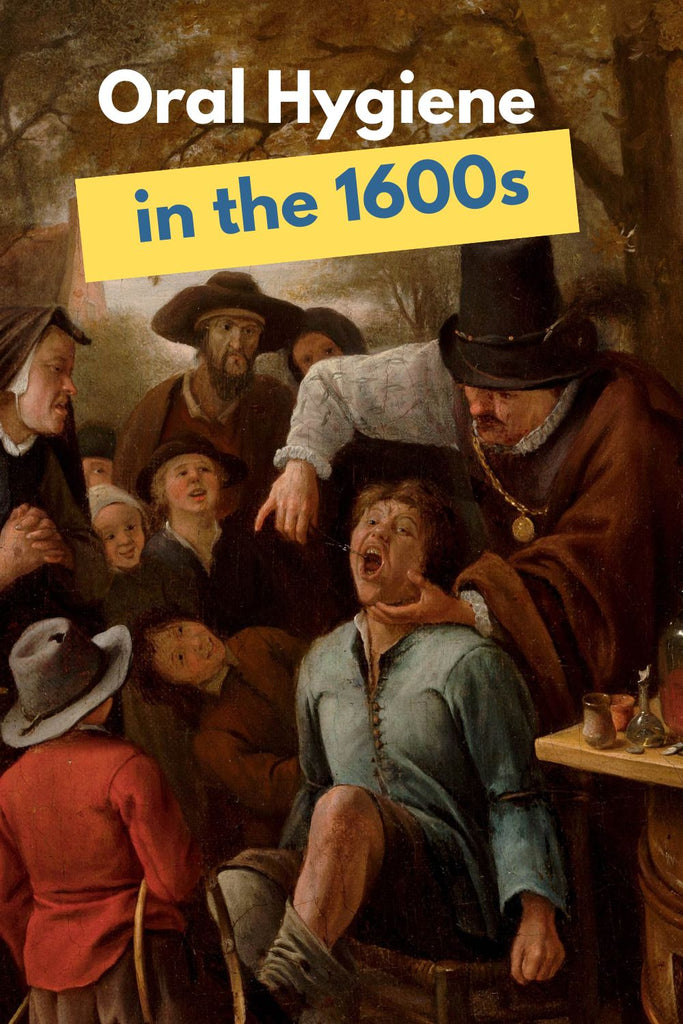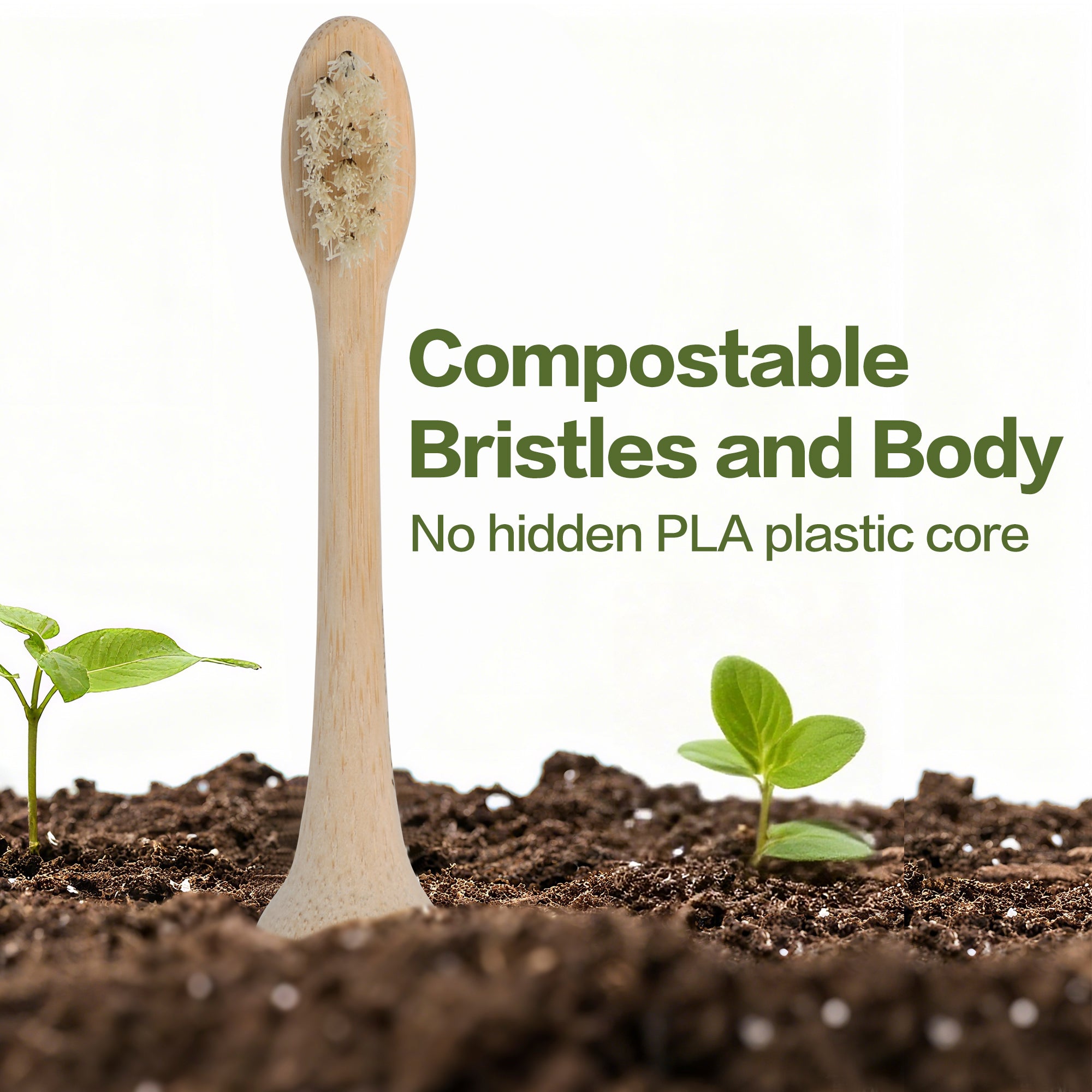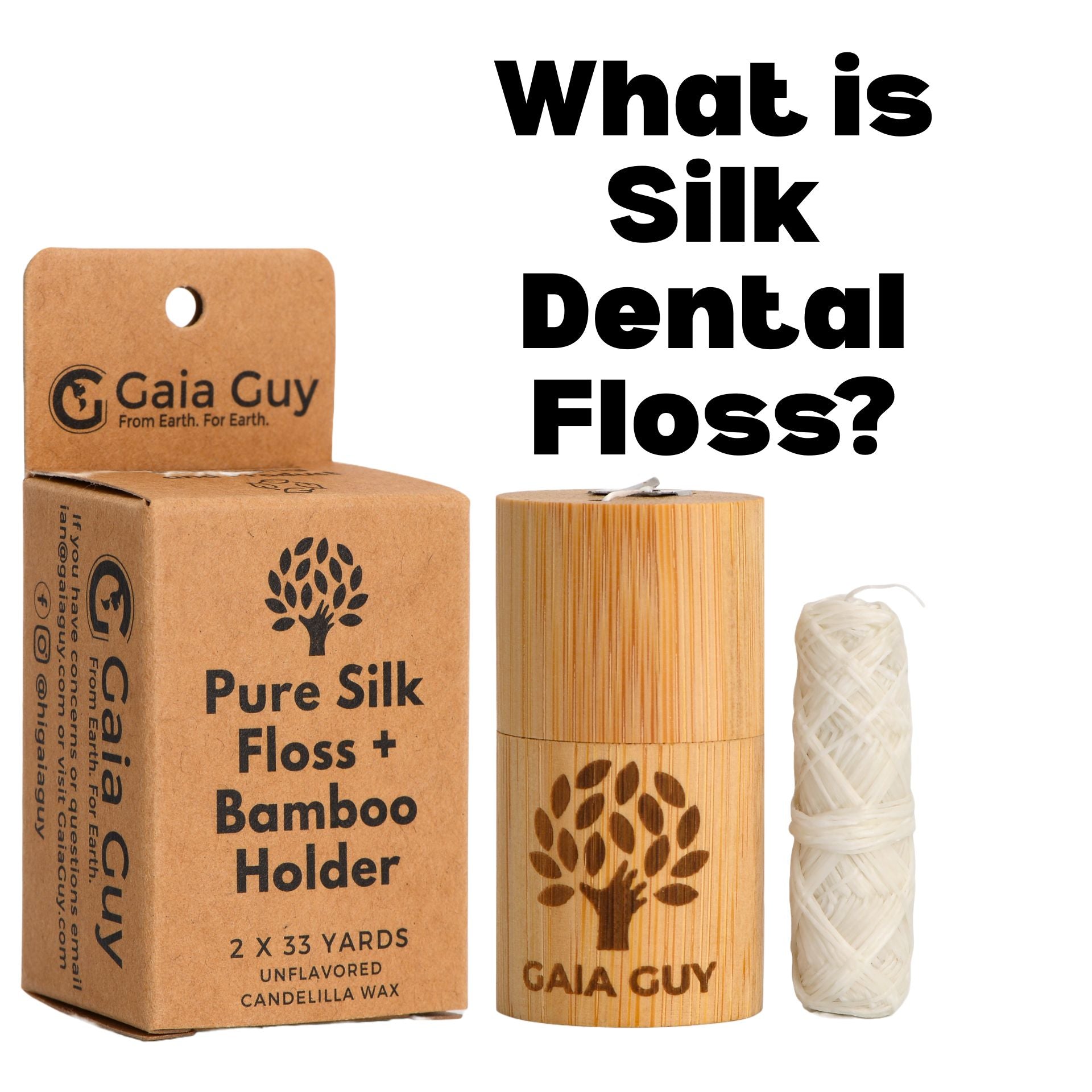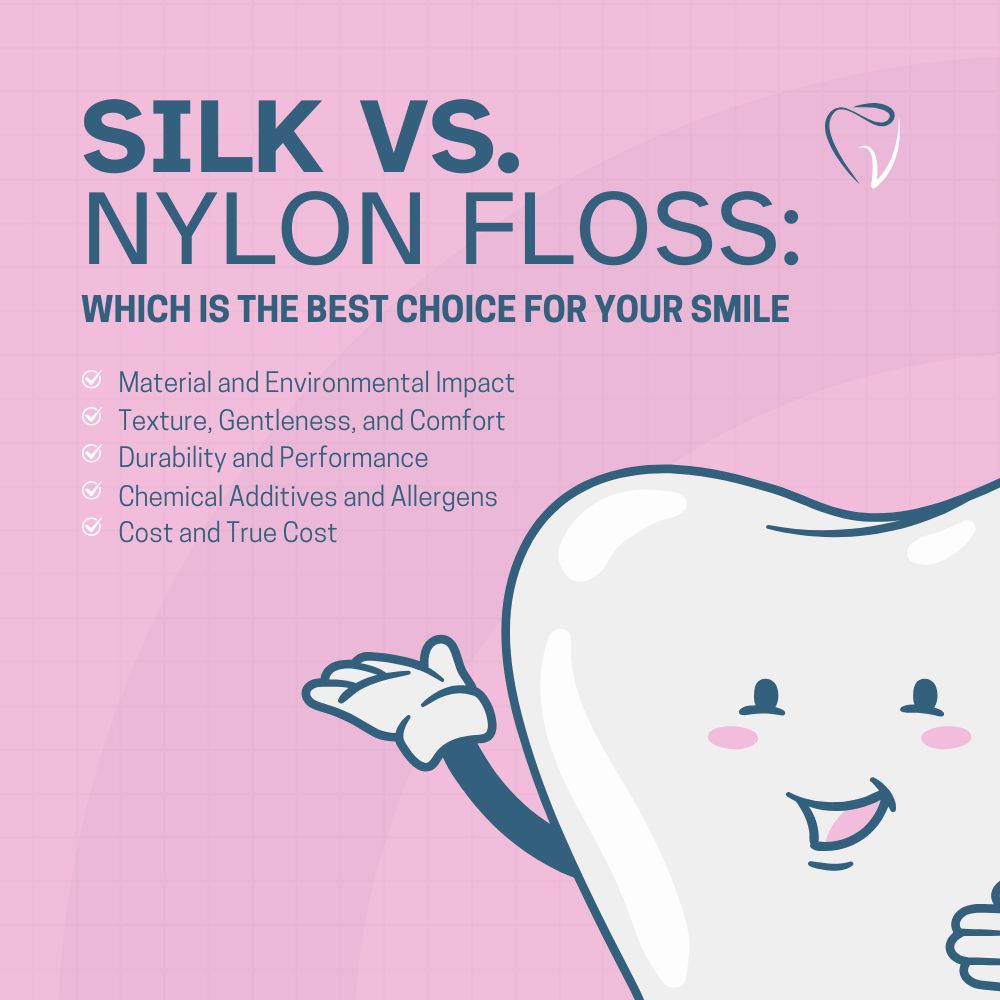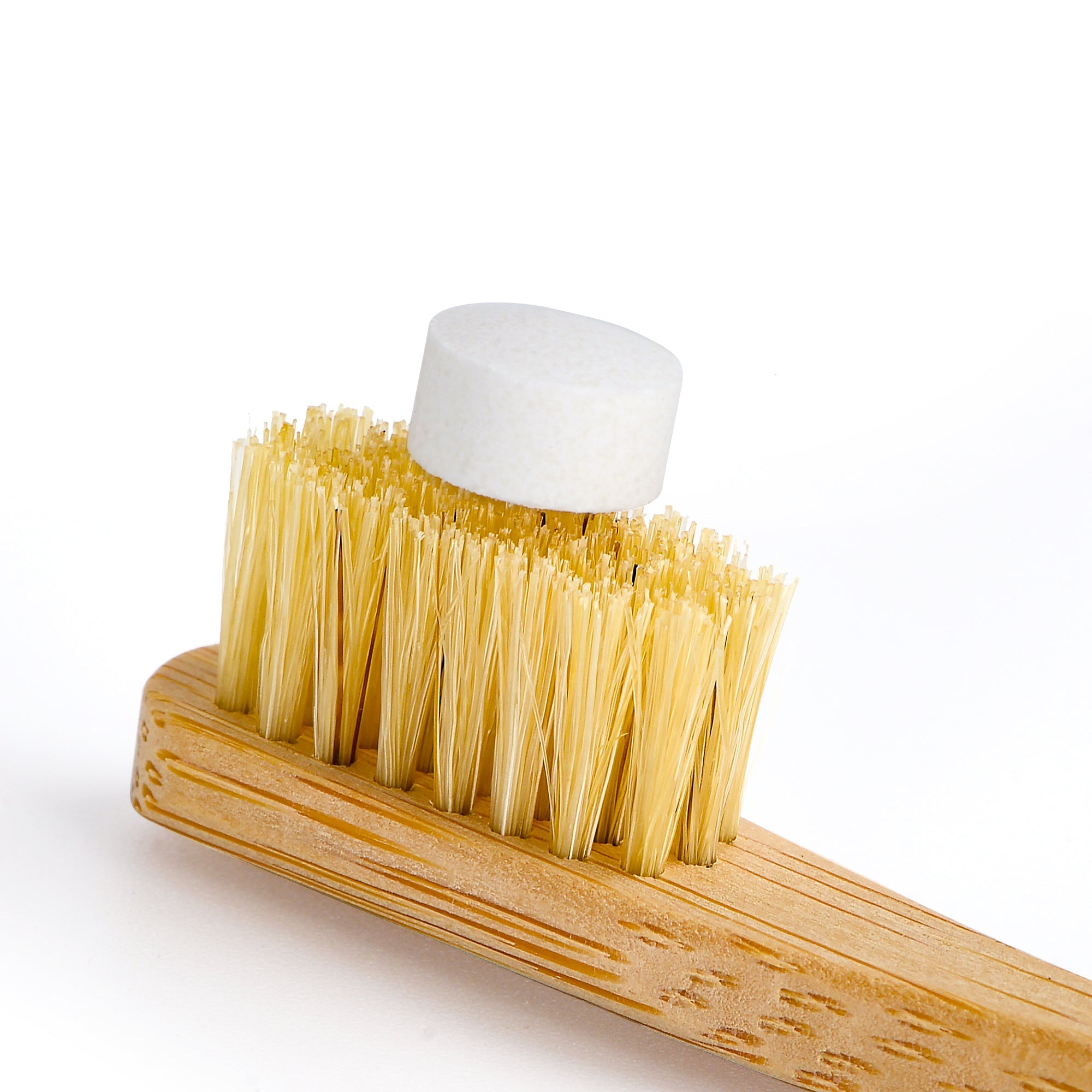The Minden Toothbrush and 17th-Century Hygiene
In the quiet corners of historical museums, treasures from the past whisper tales of bygone eras. Among the relics that captivate the imagination, a seemingly mundane object stands out: the toothbrush from Minden, Germany.
Dating back to the 17th century, this humble toothbrush unveils a captivating narrative of hygiene practices and daily life centuries ago. The history of the toothbrush is rather a fascinating tale.
The Fascinating Tale of the Minden Toothbrush
At the Museum in Minden, nestled along the Weser River, this toothbrush serves as a portal to a world long forgotten. Crafted with care and ingenuity, its handle bears testament to the craftsmanship of artisans of yore. But it's the missing bristles, once likely fashioned from pig hair, that pique the curiosity of modern observers.
Beyond Bristles: Exploring the Ingenious Design of the 17th-Century Toothbrush
Imagine the daily ritual of oral hygiene in the 1600s, a time when dental care was a far cry from the routines we know today. With bristles meticulously sourced from nature, individuals would scrub away remnants of meals past, striving for a semblance of cleanliness in an era defined by its challenges.
From Pig Hair to Ear Spoons: Decoding Daily Hygiene in 17th-Century Germany
Yet, the toothbrush from Minden holds another secret within its design—a spoon-shaped appendage at its end, intended not for culinary use, but rather for a peculiar purpose: ear cleaning. In an age before modern tools and techniques, individuals sought ingenious solutions for personal grooming, finding utility in the most unexpected places.
Discovering Artifacts: Unraveling the Mystery of the Minden Toothbrush
This artifact embodies the intersection of function and culture, offering a glimpse into the daily lives of those who came before us. In its weathered handle and absent bristles, we discern the echoes of past customs and the ingenuity of human innovation.
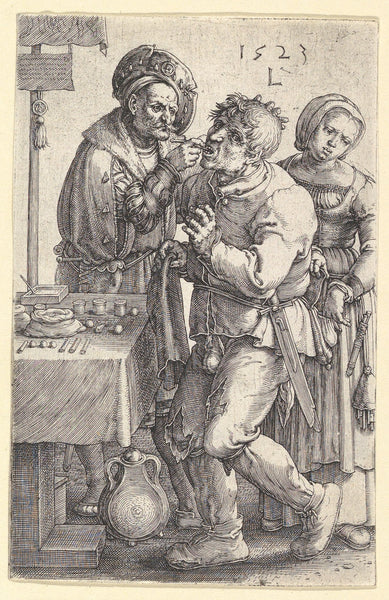
Through the lens of history, we uncover threads of continuity that bind us to our ancestors, weaving a narrative that transcends the boundaries of time and space. In the story of the Minden toothbrush, we find not just an artifact, but a testament to the enduring quest for cleanliness, innovation, and understanding that defines the human experience.
Here is a nice video on the history of the toothbrush.
Exploring the Baroque Era: A Cultural and Artistic Journey Through Teeth
In the 17th and 18th centuries, Europe experienced a cultural and artistic explosion known as the Baroque period. This era was marked by a profound exploration of human senses, emotions, and societal contrasts. Teeth, as seemingly mundane as they may appear, played a significant role in shaping the cultural landscape of the Baroque era.
Understanding the Baroque Aesthetic
The Baroque era was a time of contrasts and contradictions. It was characterized by grandiosity, sensuality, and a fascination with the transient nature of life. Art and culture flourished amidst the backdrop of religious fervor and societal upheaval. The Baroque aesthetic embraced both the divine and the earthly, the sacred and the profane, encapsulating the complexities of human existence.
Artists and patrons of the Baroque period sought to capture the essence of life through various mediums, including painting, sculpture, and literature. Central to this artistic exploration were the human senses, and among them, teeth emerged as a symbol of mortality, sensuality, and social status.
Teeth in Baroque Art and Culture
Teeth, often overlooked in traditional art historical narratives, held profound significance in Baroque culture. They served as a canvas for artists to explore themes of pain, eroticism, and mortality. Genre paintings depicted the agony of toothaches, the allure of sensuality, and the inevitability of death.
In the visual arts, teeth became a potent symbol of human frailty and vanitas, reminding viewers of the impermanence of life and the inevitability of death. Caricatures and satirical works unmasked the flaws of both the noble and the lowly, often using distorted teeth as visual metaphors for human shortcomings.
The Evolution of Dental Practices
Amidst the cultural and artistic ferment of the Baroque period, advancements in dental medicine and hygiene were slowly emerging. While dental care remained rudimentary, there were incremental improvements in surgical techniques and oral hygiene practices.
Dentistry during the Baroque era was characterized by a mixture of superstition, folk remedies, and rudimentary surgical interventions. Dentists of the time attempted to alleviate the pain of toothaches using crude instruments and herbal remedies. However, the prevalence of sugar consumption and inadequate oral hygiene contributed to widespread dental decay and disease.
Perceptions of the "Other" and Cultural Exchange
The Baroque era was also marked by the exploration and exploitation of the "Other," particularly in the context of European colonial expansion. Indigenous cultures were often exoticized and misunderstood, reflected in art, literature, and popular culture of the time.
Portrayals of non-European peoples often reinforced Eurocentric stereotypes and prejudices, perpetuating myths of savagery and inferiority. Even in depictions of encounters with indigenous peoples, European artists and writers imposed their own cultural norms and values, relegating non-Europeans to the status of the exotic "Other."
Teeth as Symbols of Baroque Culture
In conclusion, the Baroque period was a time of artistic innovation, cultural exploration, and societal upheaval. Teeth, often overlooked in traditional art historical narratives, emerged as potent symbols of human existence and mortality.
From the agony of toothaches to the allure of sensuality, teeth served as vehicles for artistic expression and cultural commentary. As we reflect on the Baroque era, we are reminded of the enduring power of art and culture to shape our perceptions of the world and ourselves.



